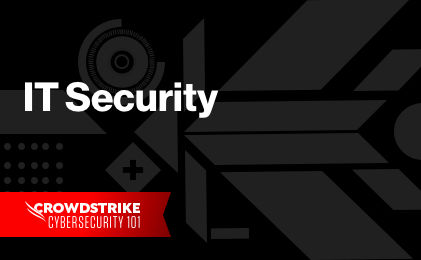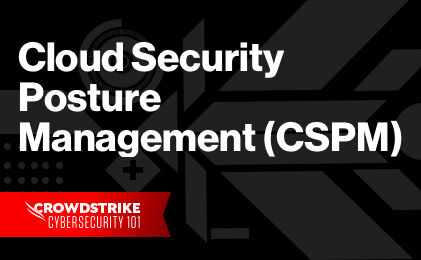What is IaaS?
Infrastructure as a Service (IaaS) is a cloud computing model in which a third-party cloud service provider (CSP) offers virtualized compute resources such as servers, data storage and network equipment on demand over the internet to clients.
In the IaaS model, each computing resource is offered as an individual component or service and can be scaled up or down according to the organization’s needs. This significantly reduces or negates the need for physical servers, as well as an on-premises data center, and grants the organization much-needed flexibility to manage variable business needs quickly and cost effectively.
While the cloud provider manages the cloud infrastructure itself in an IaaS model, the customer maintains responsibility for all other aspects of operations, including installation, configuration and management of software, applications, middleware and operating systems. The business is also responsible for maintaining security of anything they own or install on the infrastructure.
Common Examples of IaaS
- Amazon Web Services (AWS) as an on demand computing platform by Amazon
- Google Cloud Infrastructure as a computing platform and central key management service by Google
- Microsoft Azure as an on demand computing platform by Microsoft
- HPE GreenLake as a cloud computing platform by HP
IaaS vs PaaS and SaaS
Aside from infrastructure as a service, the other two main “as-service” categories of cloud computing services are:
- Software as a Service (SaaS): A software delivery model wherein the vendor centrally hosts an application in the cloud that can be accessed by a subscriber. The application does not need to be installed on a device; rather, it is accessed via the internet or an application programming interface (API).
- Platform as a Service (PaaS): A platform delivery model that can be purchased and used to develop, run and manage applications. In the cloud platform model, the PaaS solution provider manages both the hardware and software used by application developers.
How To Implement IaaS?
Most organizations interested in an IaaS implementation follow what is known as a “lift-and-shift migration.” This is when an application or workload is adapted and redeployed in the cloud environment without updating any of the underlying architecture.
Implementation can be completed in a public, private or hybrid cloud setting. Customers can then leverage a dashboard or API to access servers, the cloud service portfolio and data storage.
Lift and shift migration is generally considered the fastest and least expensive migration option. However, it is generally only appropriate for individual applications or workloads. To enable a truly cloud-native environment, organizations must undergo a full cloud migration process, which is typically far more complex and time-consuming from an IT perspective, and also requires a broader change management plan to ensure proper adoption and management across the organization.
Learn More
Read our post comparing public and private cloud infrastructure to understand all cloud deployment options available to your organization.
Common IaaS Business Use Cases
IaaS offers many valuable use cases to organizations, including:
- Testing and development: In an IaaS model, organizations can quickly set up and tear down test and development environments using third-party infrastructure to develop applications more quickly and improve time to market.
- Business continuity and recovery: IaaS leverages a private or public cloud to back up and store data. In the event of a server failure or error, the workload can be shifted to another server, limiting downtime for the business and eliminating the need for dedicated backup and staff.
- Business transformation: IaaS enables organizations to access the processing power needed to collect, store and analyze large data sets and produce real-time insights. This capability is critical for leveraging advanced digital tools and technologies, including AI, ML and automation.
- High Performance Computing (HPC): Some organizations have workflows that demand HPC-level computing to properly function. Some of these programs include geological modeling and financial modeling.
- Remote workforce: An IaaS model enables employees to access servers remotely and in a geographically dispersed way. This is a necessary component for building and deploying a modern, global workforce, as well as enabling remote work capabilities.
What Are the Advantages of IaaS?
Many organizations are migrating to an IaaS model because it offers significant cost savings, reduces complexity within the IT environment and enables business transformation. Specific advantages of an IaaS model include:
Cost savings
- Reduce or eliminate the need for hardware or on-premises data center, as well as costly infrastructure investments, upgrades and maintenance
- Allow organizations to pay only for the services they need through a consumption-based billing model
Access and Availability
- Establish on-demand access and instant availability of compute resources
- Provide continuous remote access of all services and enhanced application performance
Scalability
- Easily scale infrastructure components up or down based on the business’s variable needs
- Manage unpredictable surges in demand quickly and efficiently – without a long-term resource commitment
Reliability
- Provide users with the option to shift to a different cloud in the event of a system failure or service disruption, which improves overall system reliability and enhances business continuity
- Simplify and streamline backup and recovery system planning, management and updating
- Establish guaranteed service-level agreements (SLAs)
Resource Optimization
- Reduce complexity within the IT environment by eliminating or reducing the need for hardware or an on-site data center
- Support the reallocation of limited business resources, including IT staff
Business Transformation
- Enable advanced data and digital technologies, including AI, ML and automation
- Quickly set up test and development environments using third-party infrastructure, which helps organizations bring new applications to market faster
Learn More
Find more information on IaaS security consideration.
Read: You Can’t Protect What You Can’t See: Five Cloud Security Must-haves







